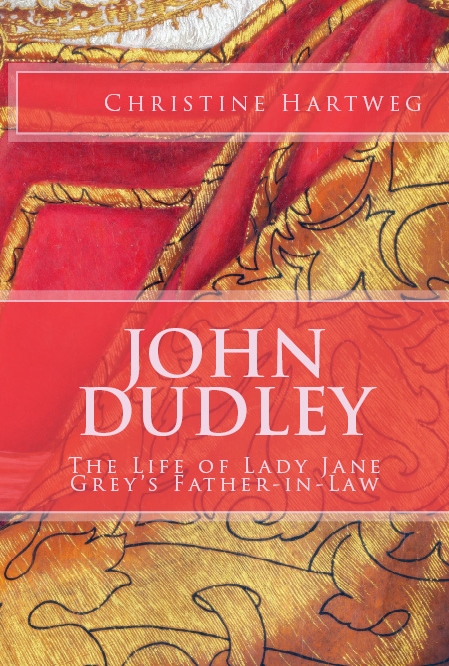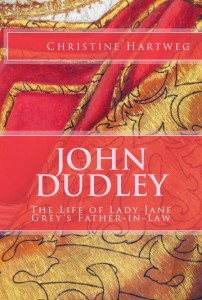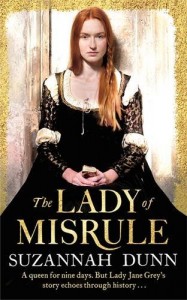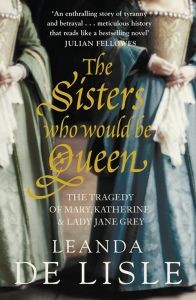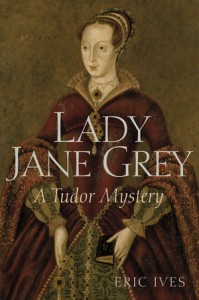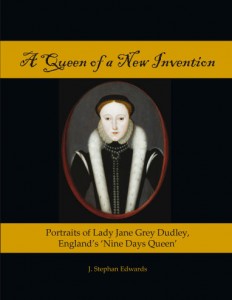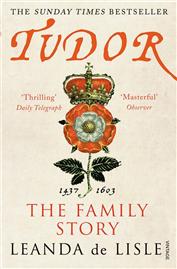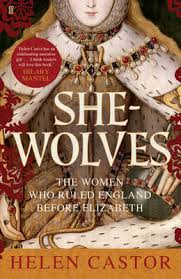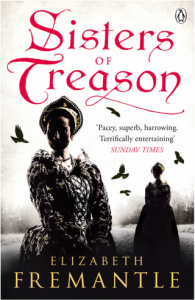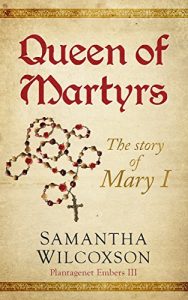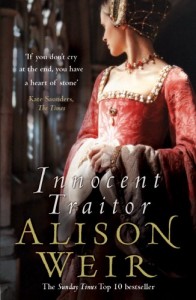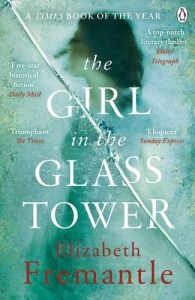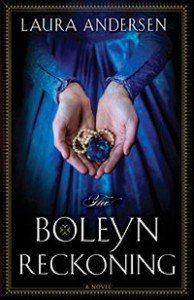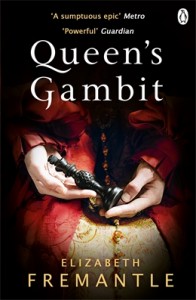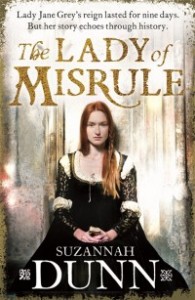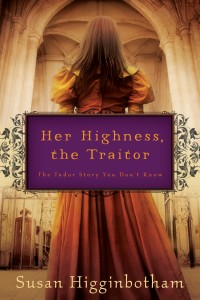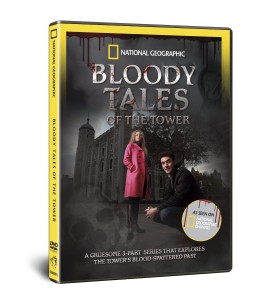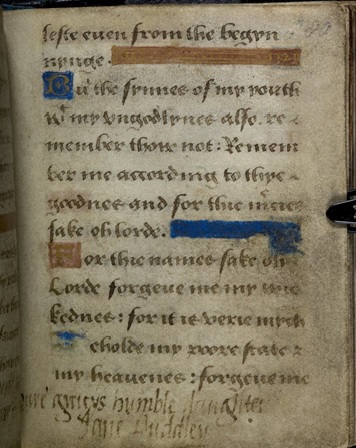‘John Dudley: The Life of Lady Jane Grey’s Father-in-Law’ by Christine Hartweg is now on sale from Amazon.co.uk and Amazon.com .
Blog Tour – ‘Katherine of Aragon, Spanish Princess’ Interview with Heather R Darsie
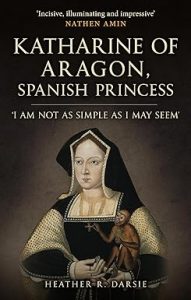
(c) Amberley Publishing Interview with Catherine Hanley
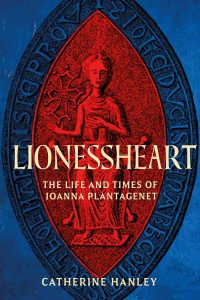
(c) The History Press Categories
Archive
Books with a Lady Jane link to look forward to:
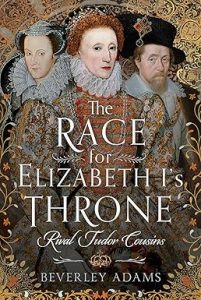
(c) Pen and Sword
30 August 2025
(c) Pen and Sword Books Ltd
30 August 2025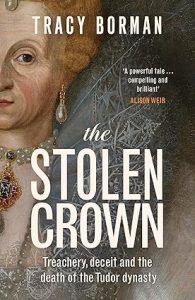
(c) Hodder & Stoughton
4 September 2025Listen to my talk about Lady Jane at the Tudor Society

(c) Tudor Society Mary, Katherine and Lady Jane Grey: Heirs to the last Tudor – Talk by Leanda de Lisle
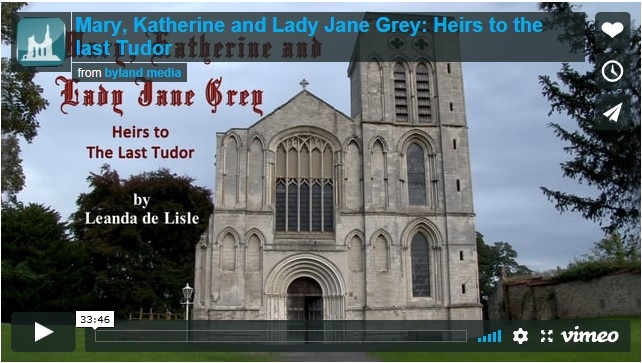
-
Follow me on Twitter
Tweets by @@janegreyinfo New books on sale now…
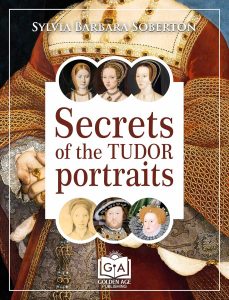
(c) Golden Age Publishing
14 March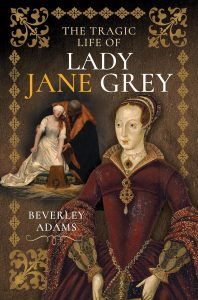
(c) Pen and Sword
30 August 2024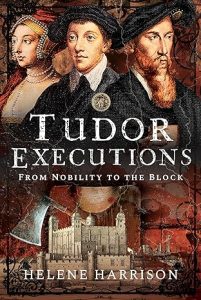
(c) Pen and Sword
30 July 2024Articles and Interviews
England’s Forgotten Queen Interview
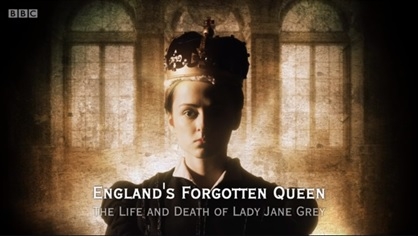
(c) BBC 4 Interview with Leanda de Lisle
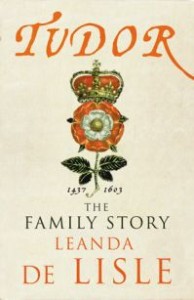
(c) Chatto & Windus The Lady Jane Grey’s Prayer Book Interview with Stephan Edwards
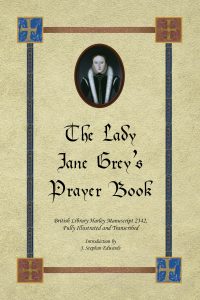
(c) Stephan Edwards Crown of Blood Interview with Nicola Tallis
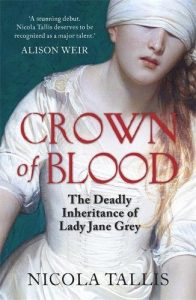
(c) Michael O'Mara Books ‘The House of Dudley’ Interview with Joanne Paul
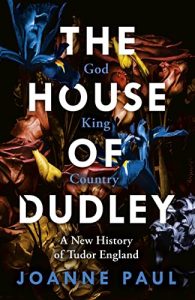
(c) Penguin Interview with Valerie Schutte
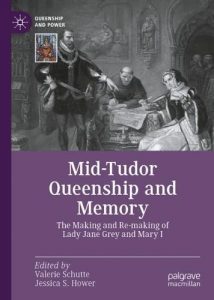
(c) Palgrave Macmillan Interview with Beverley Adams

(c) Pen and Sword -
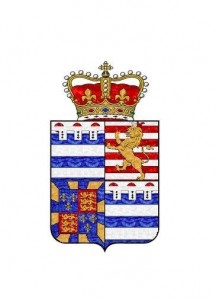
Arms of Lady Jane Grey
(c) European Heraldry.org

